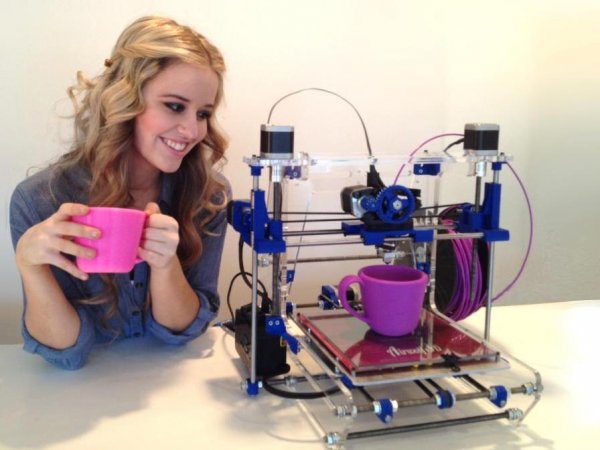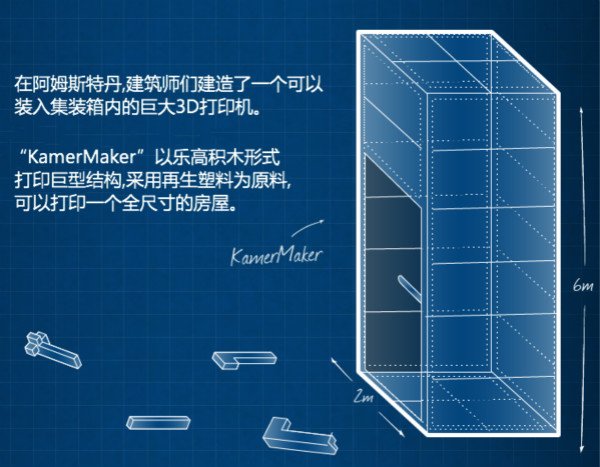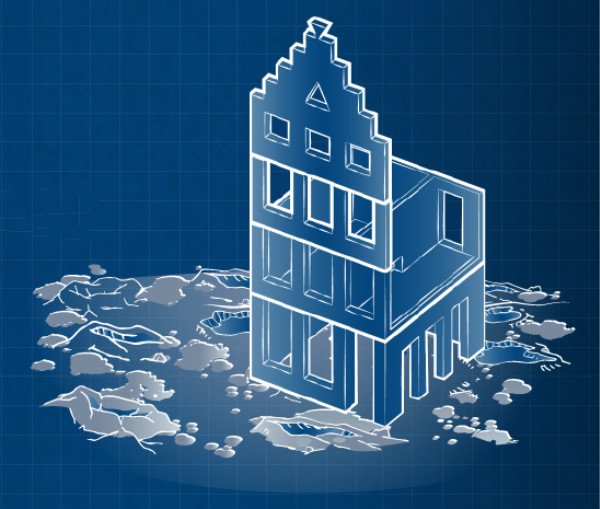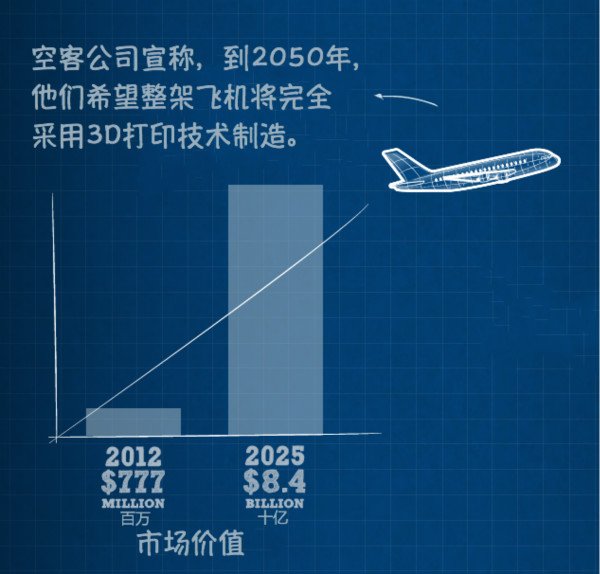
Want to print everyday items in a comfortable home? Want to print brand new tissues and organs with your own cells? Perhaps only 10 or 20 years, 3D printing technology will change our lives forever.

The 3D printer creates a 3D entity by printing layer by layer. Plastic is currently the most commonly used "ink", but it also has ceramics, metals, sand, sugar and chocolate.
There are already thousands of 3D printed works in the world. From complex jewels to custom guitars, from prosthetic limbs to sophisticated mechanical parts.
Obama said, "3D printing technology is a potential change that will completely change our way of life."
"I think this will be the beginning of another new industrial revolution." Janne Kyttanen, co-founder of 3D Design Studio Freedom of Creation, is a pioneer in 3D printing design.
What does this mean to you and me?

We no longer need to go out shopping.

Instead of going out to buy a toothbrush, waiting for a delivery, and so on, you just buy the design and print it out at home.

Not dazzlingly choose shoes. You can design and print your own unique shoes.

Not just household items, everything can be printed, including houses.

Building components will be assembled in the field in a puzzle-like manner, with steel cables and industrial glue fixing the components.
The European Space Agency is exploring the use of a 3D printer to build a lunar base on the moon. The raw material is moon soil.

3D printing technology can produce interlocking parts, reducing assembly processes.
3D printers can print out parts directly, which can eliminate up to 90% of raw material waste compared to traditional manufacturing.

High-end, high-value-added industries such as aerospace, automotive, and medical technology are likely to be big buyers. Using 3D printing technology has huge advantages in manufacturing complex and high-precision structures, which cannot be compared with traditional manufacturing.

We can even print human tissues and organs.
"Bioprinter" uses living cell tissue as "ink." Like other 3D printing, it prints layer by layer. A layer of cells is printed first, followed by a layer of hydrogel as a “scaffolding†and this process is repeated. After the cells were fused, the hydrogel was removed and a piece of material completely composed of human cells was printed. This material is then transferred to the bioreactor and the organization continues to grow and grow into the ultimate form of nature.
Although 3D printing of artificial alternative organs will only be available years later, scientists have used this technique to print out simple tissues such as skin and cartilage. If you can print out human tissue, it is not difficult to print out meat products.
(Editor)